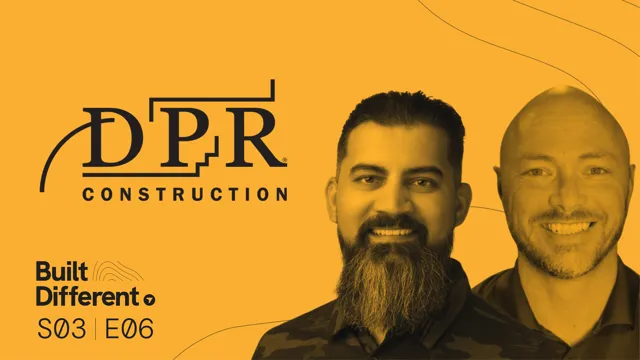Watch the session:
Download the slides:
In this episode, we show you how you can cut through the hype and find the tech that REALLY works. Austin Lay (Reality Capture Technologies Manager) and Jon Ferguson (Vice President) from Layton Construction share how construction tech has changed – and why your workers are now the ones asking for the latest tools. We explore the value of dedicated tech resources for getting real results on the jobsite and focus on the problem-solving tools that deliver instead of overpromising. Plus, learn how innovations like drones and BIM have become the new industry standards you can't build without.


